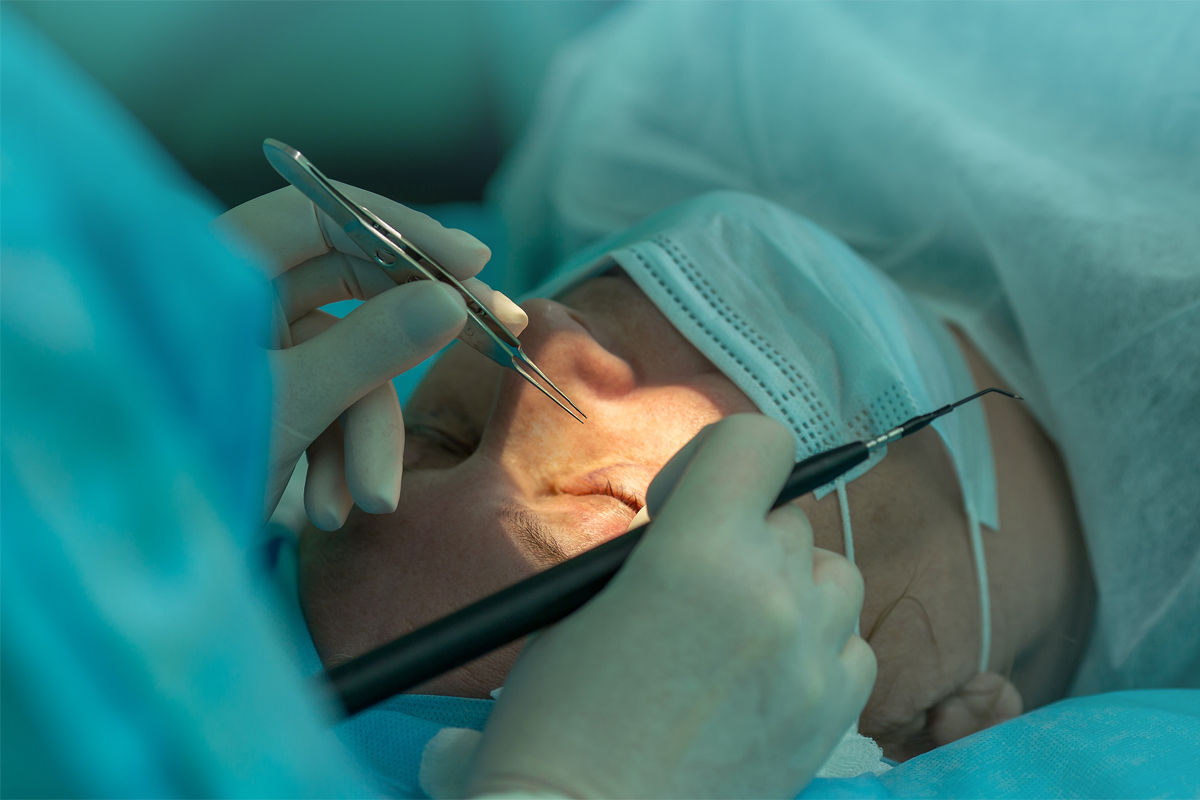Search This Blog
We are attempting to raise awareness about various medical value travel options in order for everyone to receive inexpensive medical care on time.
Featured
- Get link
- X
- Other Apps
Does the Cost of Cardiac Treatments in India Make Sense?
Cardiovascular disease is the umbrella term covering heart disorders such as rheumatic heart disease, congenital heart disease, valve heart disease, and coronary artery disease. Different heart diseases necessitate different surgical approaches. Let's look at the most common heart surgery in India and how much it costs:

Angioplasty is a surgical technique.
An angioplasty is a surgical procedure that is performed to surgically expand arteries or veins that are clogged with white blood cells.
The Angioplasty Procedure:
The surgeon inserts a wire through which an empty balloon, commonly known as a balloon catheter, is passed throughout the treatment. After that, the balloon catheter is inflated to a specified size. The force of the inflated balloon on the muscle wall and the internal stenosis of the channel widen the blood artery once again for greater blood flow. The balloon is subsequently deflated and removed. Depending on the patient's condition, a stent may or may not be put at the time of ballooning.
When is an angioplasty done?
An angioplasty is performed on a patient who has coronary artery disease, which is a constriction of the arteries caused by the deposition of fat, cholesterol, calcium, or atherosclerosis.
The total cost of the therapy
An angioplasty in India starts around USD 5,000 if only one stent is utilised. Additional stents cost an additional USD 2,000.
CABG
Plaque can occlude the arteries carrying blood to the heart, blocking smooth blood flow. Coronary artery bypass surgery, or CABG, is used to bypass blood through those blocked arteries in order to improve the flow of blood and oxygen to the heart.
The CABG Procedure:
CABG is performed in two ways: "off-pump" and "on-pump." Unlike "on-pump" surgery, which is performed while the patient's heart is still beating, "off-pump" surgery is performed while the patient's heart is still beating. To avoid clogged arteries, veins and arteries from various parts of the body are sewn to one of the coronary arteries and connected to the aorta, the body's largest artery, at the other end.
When is a CABG procedure performed?
CABG is performed on patients who have coronary artery disease.
The total cost of the therapy
CABG or bypass surgery expenses start at USD 4400 in India.
Replacement of a Heart Valve
During heart valve replacement surgery, one or more heart valves are replaced. A bioprosthesis, an artificial heart valve, or both can be used to repair or replace it.
Heart valve replacement therapy
To replace the original valves, a mechanical valve or a bioprosthetic valve is employed. During open heart surgery, the damaged valves are replaced. The heart valve replacement method consists of four steps:
- The Aortic Valve is being replaced.
- The mitral valve must be replaced.
- The Tricuspid Valve must be replaced.
- pulmonary valve replacement
Treatment for Heart Valve Replacement
When is it necessary to replace a heart valve?
CAG
The CAG Therapy
The CAG Therapy
When should a CAG be performed?
Transplantation of the Heart
The Heart Transplant Procedure
The Heart Transplant Procedure
- Get link
- X
- Other Apps
RECENT READS

Managing Diarrhea Post-Kidney Transplant: Effective Treatment
- Get link
- X
- Other Apps

Revolutionizing Eye Care: Shinon Global's Impact on Cornea Transplantation Worldwide
- Get link
- X
- Other Apps
Comments
Post a Comment